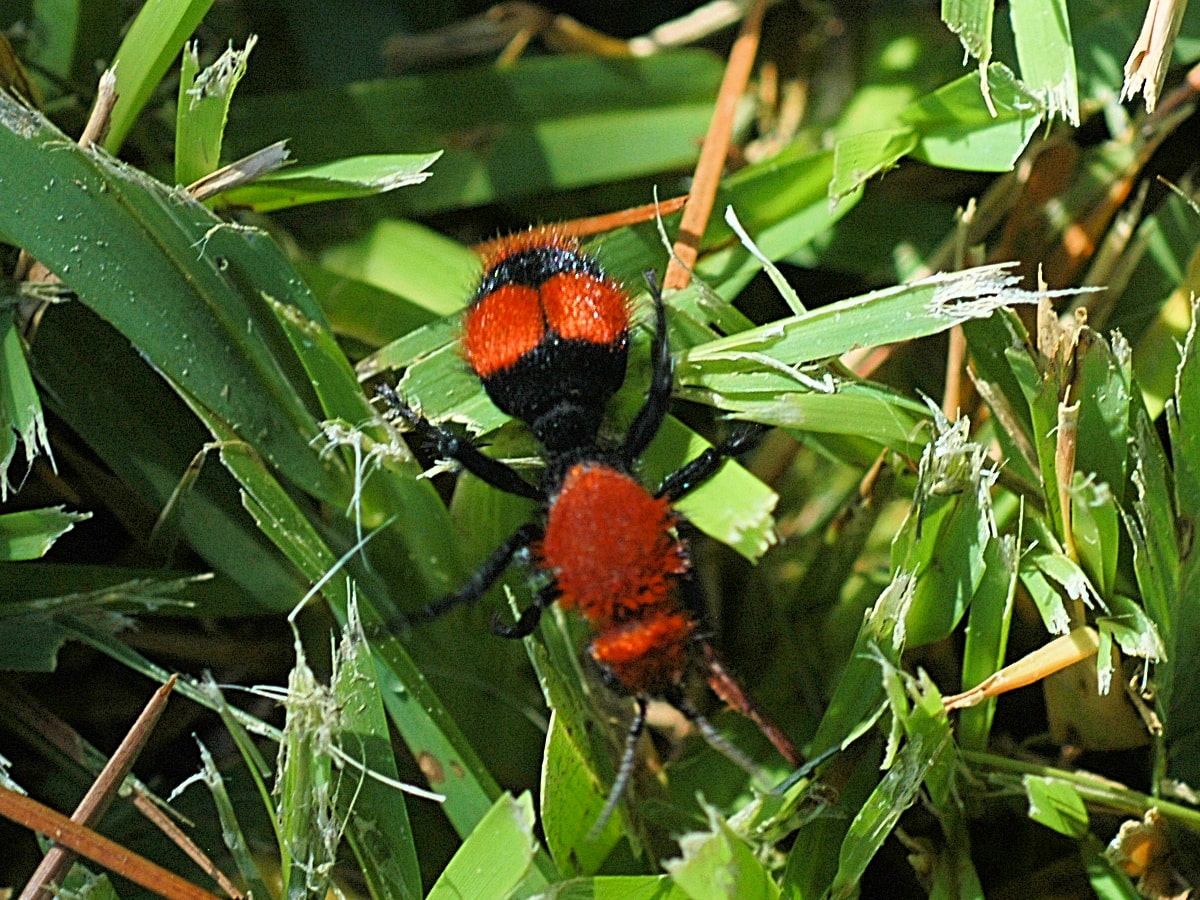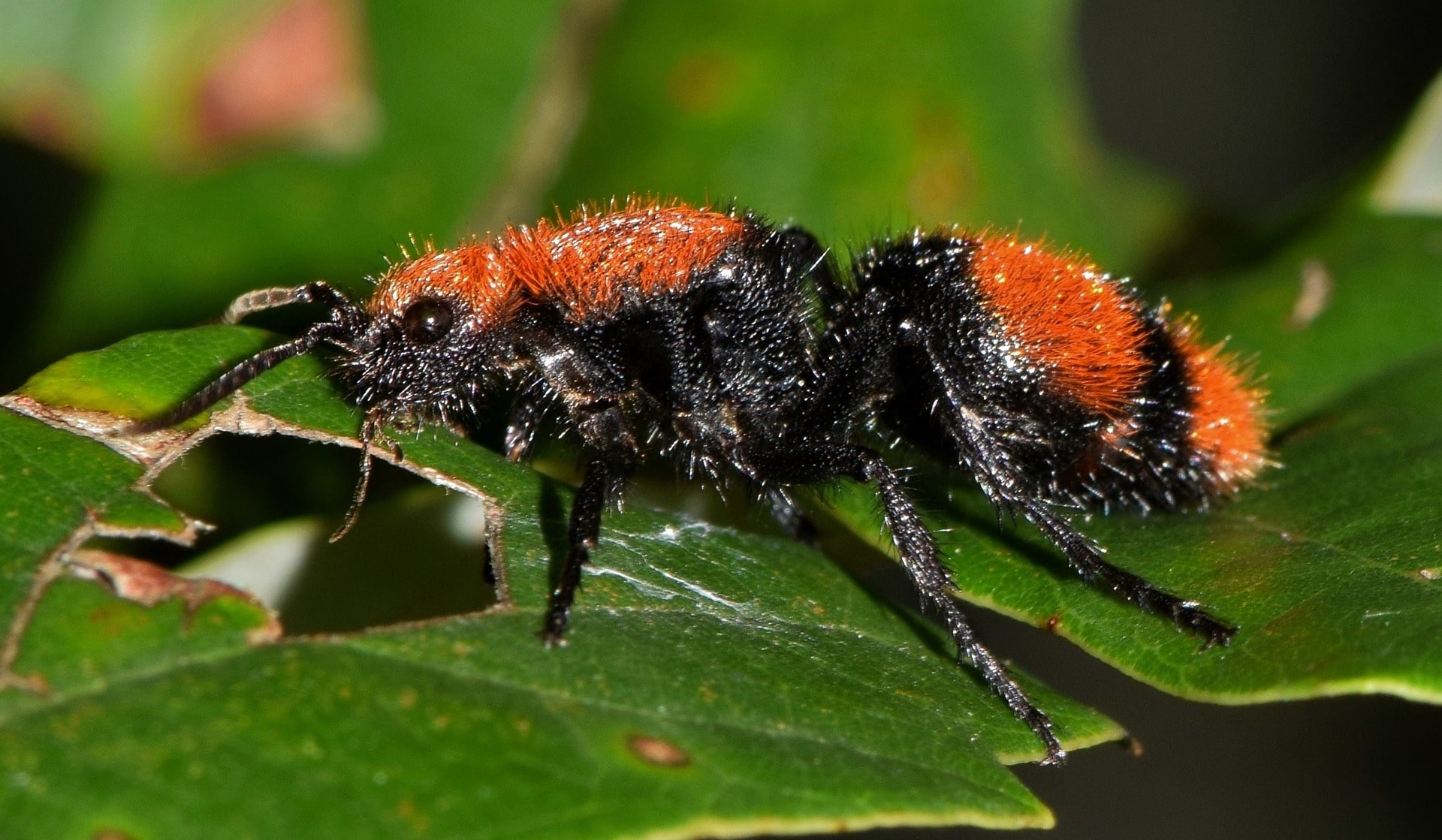 |
| Red Velvet Ants, Cow Killer Ants |
Red Velvet Ants, Cow Killer Ants. Red velvet ant or in scientific language Dasymutilla occidentalis is the name for an insect with a deceptive name.
Why is it called deceptive name? because the animal concerned is not really an ant, but a wingless female wasp.
Red Velvet Ants, Cow Killer Ants
Nor are red velvet ants completely red, as the insect's legs and lower body are black. The rest, this insect is named red velvet because the insect's body is covered in thick reddish fur.
There are several reasons why red velvet ants are not categorized as ants in scientific classifications despite their similar appearance.
First, if ants are social animals, then red velvet ants have a solitary lifestyle. Second, all true ant species have protrusions on the coffin, that is, a narrow limb that connects the chest and stomach, whereas red velvet ants do not.
Red Velvet ants are also known as cow killers because they are believed to kill cows with their stings. In fact, although red velvet ants do have very painful stings, the venom from red velvet ants is actually not strong enough to kill large animals.
 |
| Red Velvet Ants, Cow Killer Ants |
Only the female red velvet ant can sting, because the sting was originally the outlet of the egg. Male velvet ants do not have stings, but have wings and can fly.
Although the red velvet ant has a painful sting, it is not really an aggressive animal and would not sting if it was not really forced.
As their most basic form of self-defense, red velvet ants rely on their striking body color to warn others not to mess around. When encountering larger creatures including humans, red velvet ants prefer to run away and hide.
Even if he's cornered, the red velvet ant can frighten his enemies by squeaking. Red velvet ants can make this sound by rubbing their limbs against each other.
But if the enemy still dares, the red velvet ant will use its excruciating sting to defend itself. To avoid being stung by these insects by accident, given the small size of only about two centimeters, local residents always wear footwear when walking outside.
Wasp and bee nest infiltration creatures
 |
| Red Velvet Ants, Cow Killer Ants |
 |
| Red Velvet Ants, Cow Killer Ants |











0 comments